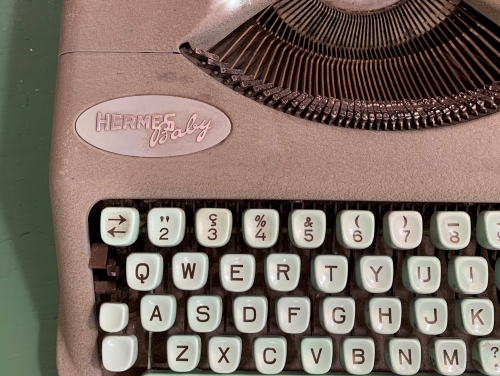Most people are familiar with the saying, “Don’t judge a book by its cover,” and while the metaphorical usage applies to people, the literal phrase is something everyone is guilty of. When you’re wandering the bookstore and are suddenly drawn to an outward-facing cover, there are probably several factors that are working together well that caught your eye: the color palette, an image, the graphic design, and, most likely, the font. As you’re examining the title, potential subtitle, and author’s name and credentials, a slew of questions is most likely running through your mind without your active awareness:
- Is this book professional or amateur?
- Is it serious or funny?
- Am I the target audience for this book?
The chosen font for a book cover and its interior should invoke the overall messaging of the book, as well as be readable and accessible to its target audience. There are several things to consider when deciding on a font, but let’s start with the basics.
Font Types: Choose Your Weapon
There are two primary font classes to consider:
Serifs
Serifs were among some of the earliest font choices, and were designed similarly to the handwriting styles of the time. A “serif” refers to the little flourishes attached to the letters, and a common serif font is Times New Roman.
Sans-serifs
As we made our way into the digital age, sans-serifs were created to look more modern as well as increase readability across different digital platforms (“sans” meaning “without”: without serifs). A common sans-serif font is Arial.
You’re familiar with the fonts, now what?
According to this blog from Swatt Books, there are four main things to consider when choosing the right font for your book:
Readability
This is arguably the number one priority to take into account. If someone picks up your book in a store and has a hard time reading it, chances are, they won’t buy it.
Suitability to Subject
Some fonts have been specifically designed to create an association or aesthetic that is independent from the content itself. For example, the Comic Sans font was created for comic books. The implied tone is casual, relaxed, and fun, so choosing it for serious subject matter would be inappropriate.
Suitability to Audience
It’s important to know your target audience and match the font to their preferences. Younger readers tend to prefer sans-serifs fonts because they grew up in the evolving digital landscape, more accustomed to the computerized fonts, while older readers tend to prefer the traditional, serif fonts.
Aesthetics
Lastly, the persona of the font should also match the persona of the target audience and their preferences, not necessarily the author’s preferences.
Preferences from the Pros
Your chosen font should invoke the messaging of the book and how you want the reader to feel while immersed in the writing. The right font is something the reader may not even notice, because it flows so well with the content, whereas the wrong font can seem awkward and out-of-place, creating a jarring reading experience. Ingram Spark polled several professional designers, and these were the fonts they were quick to recommend:
For the Body: Caslon
Caslon was first designed in 1722 by William Caslon I, an English type engraver. It was used extensively in Great Britain and American colonies; it was the very font used to set the Declaration of Independence! It serves to evoke the feeling of human touch, full of warmth and familiarity, which is crucial in drawing the reader in. Jensen, Minion, and Garamond were among some of the runner-up, body font choices.
For the Heading or Chapter Titles: Sans-serif
Polled designers recommended a crisp, clean sans-serif font, and one that is semi-bold to stand out. Sometimes a serif font is connected to a complementary sans-serif, making the cohesion between chapter titles and body text more natural.
The root message at the bottom of all these specifics and examples is simple: the font choices you make need to be intentional for the particular book you’re working on. So know your target audience, clarify your messaging, and complement the tone of the font to both factors.

